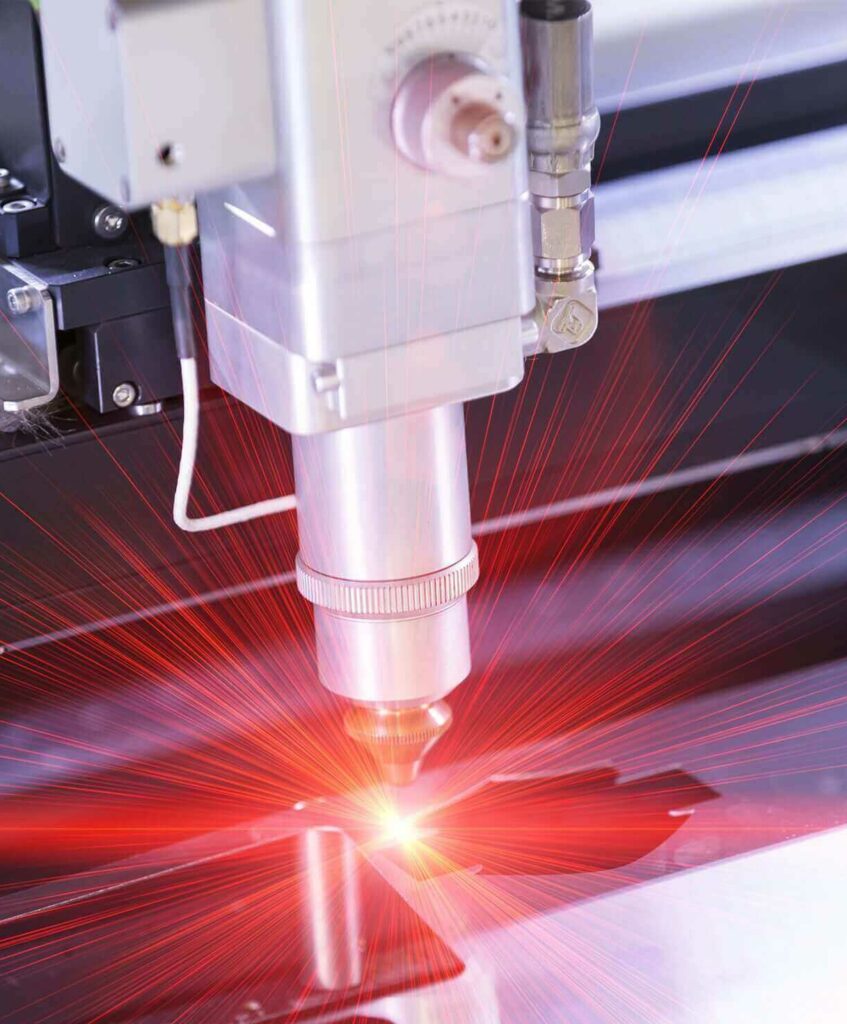How does simultaneous welding work?
In simultaneous welding, the entire weld seam is heated and melted by one or more beam sources simultaneously (i.e. simultaneously). The arrangement of the beam sources or the beam shaping by means of suitable optical elements must be carried out in such a way that the line energy introduced during the welding process is as equal as possible over the entire weld seam. Due to the simultaneous melting of the entire weld contour and the force applied by the clamping technique, the two components to be joined move toward each other, just as in quasi-simultaneous welding, and melt is expelled laterally at the weld seam. The joining path is used on the one hand to compensate for component unevenness, and on the other hand it can be used at the same time for process monitoring. In terms of appearance, a weld produced by the simultaneous welding process is basically the same as a weld produced by the quasi-simultaneous welding process.
When it has to be optically exact
The simultaneous welding process can be used for spot or ring welding, for example, and shows its strengths above all where aesthetic requirements for components are paramount.
Talk to our specialists about the advantages and disadvantages of the various welding processes.

